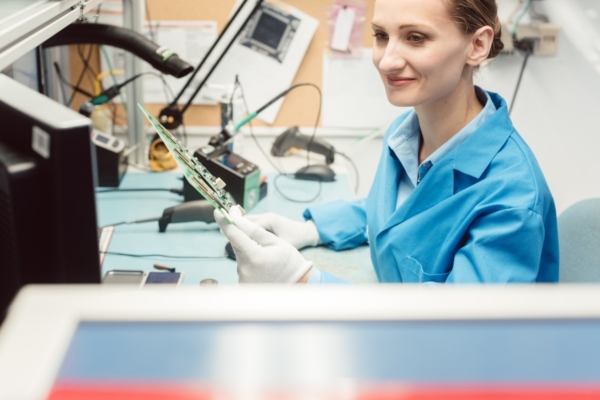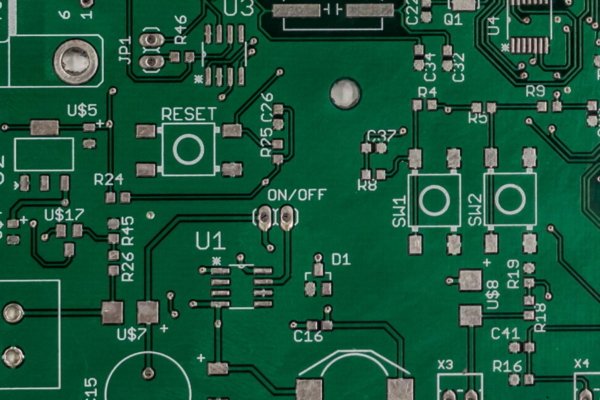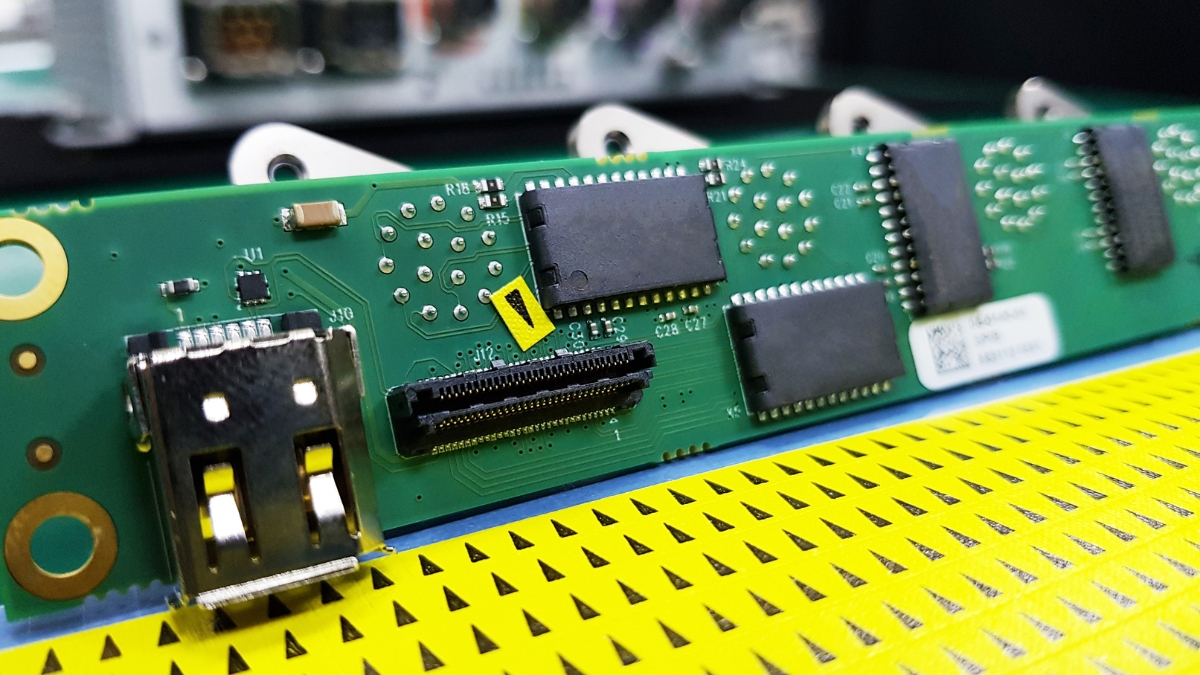What is Capacitance
Capacitance is a fundamental property that describes the ability of elements in a circuit to store electric charge. It is a characteristic of capacitors, which are components consisting of two conductive elements separated by an insulating material. When a differential potential is applied to the conductors, charges accumulate across them, and the amount of charge stored is measured in capacitance.
The quantification of capacitance is done using the formula C = q/V, where C represents the capacitance, q represents the charge stored, and V represents the voltage across the conductors. This formula establishes that capacitance is directly proportional to the amount of charge stored and inversely proportional to the voltage.
In addition to intentional capacitors, parasitic capacitance can also exist between elements in a circuit. Parasitic capacitance occurs when elements in a circuit behave like capacitors unintentionally, even though they are not designed as such. This phenomenon arises when the elements are in close proximity and fulfill the criteria for charge buildup.
Parasitic capacitance can develop between various elements in a circuit, such as conductors, pads, a conductor and an adjacent ground plane, or any two elements that meet the requirements for charge accumulation. The likelihood of parasitic capacitance is highest when parts of a circuit are closely spaced and have different voltage levels.
The relationship between parasitic capacitance and conductors is determined by the area and distance between them. The equation C = (Ɛ×a) / d is used to calculate the capacitance between two conductors, where Ɛ represents the permittivity of the insulator between the conductors, a represents the area of overlap between the conductors, and d represents the distance between them.





